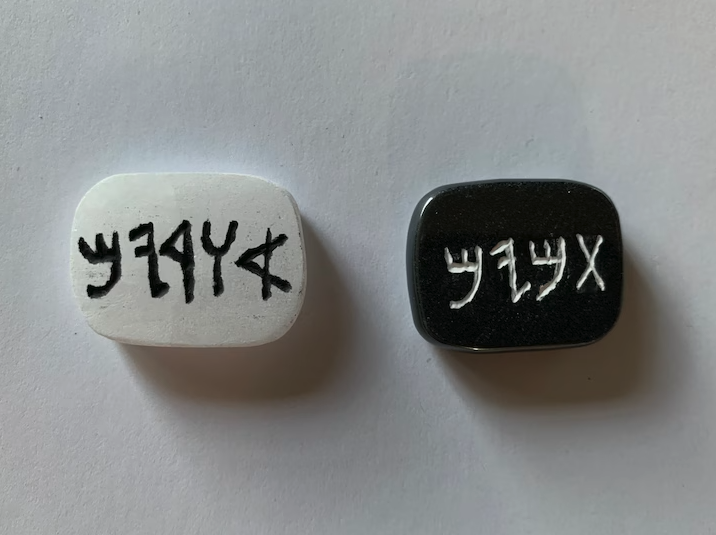Template:Occult.live:Today's featured article
The Urim and Thummim are elements of the hoshen, the breastplate worn by the High Priest attached to the ephod. They are connected with cleromancy (divination by casting lots). Most scholars suspect that the phrase refers to a set of two objects used by the high priest to answer a question or reveal the will of God.
The Urim and the Thummim first appear in the Biblical verse Exodus 28:30, where they are named for inclusion on the breastplate to be worn by Aaron in the holy place. Other books, especially 1 Samuel, describe their uses. The chronologically earliest passage in the Bible mentioning the Urim and Thummim, according to textual scholars, is in the Book of Hosea, where it is implied, by reference to the Ephod, that the Urim and Thummim were fundamental elements in Judaism, in the mid 8th century BC.
Consulting the Urim and Thummim was permitted for determining territorial boundaries, and was required, in addition to permission from the king or a prophet, if there was an intention to expand Jerusalem or the Temple in Jerusalem. The classical rabbinical writers argued that the Urim and Thummim were only permitted to be consulted by very prominent figures such as army generals, the most senior of court figures, and kings.
